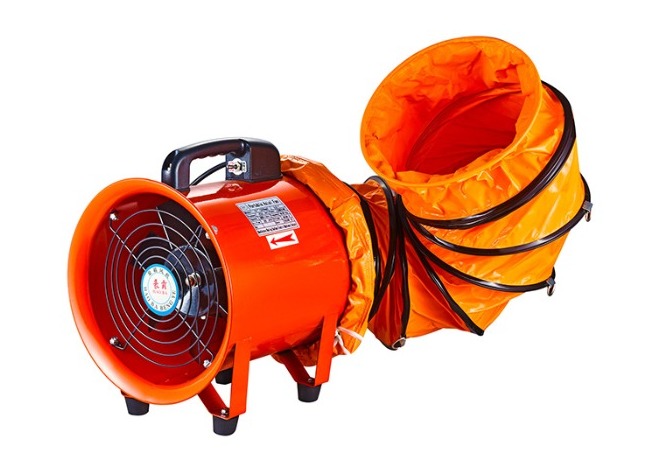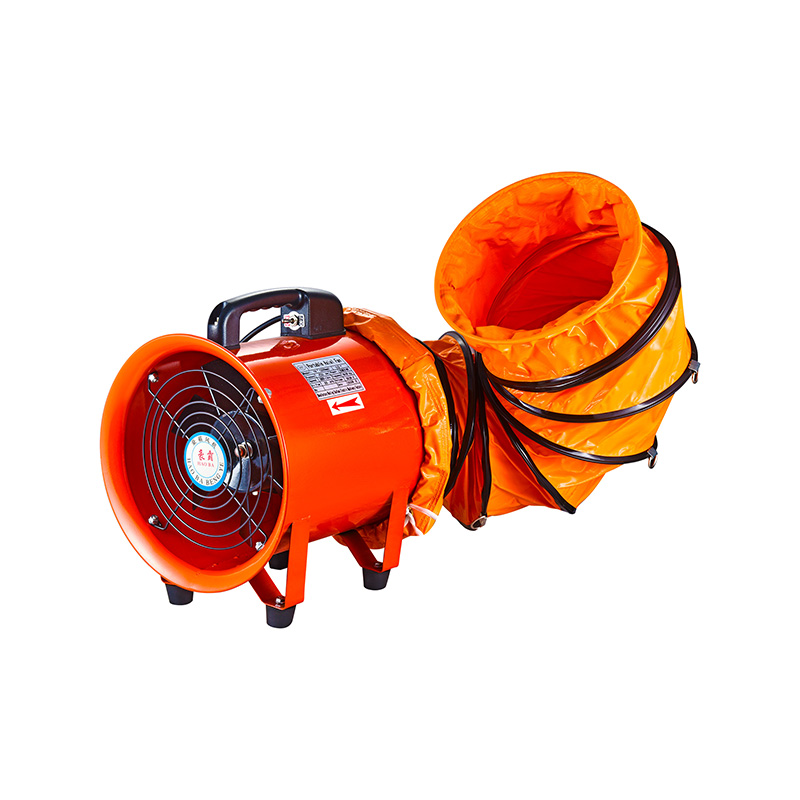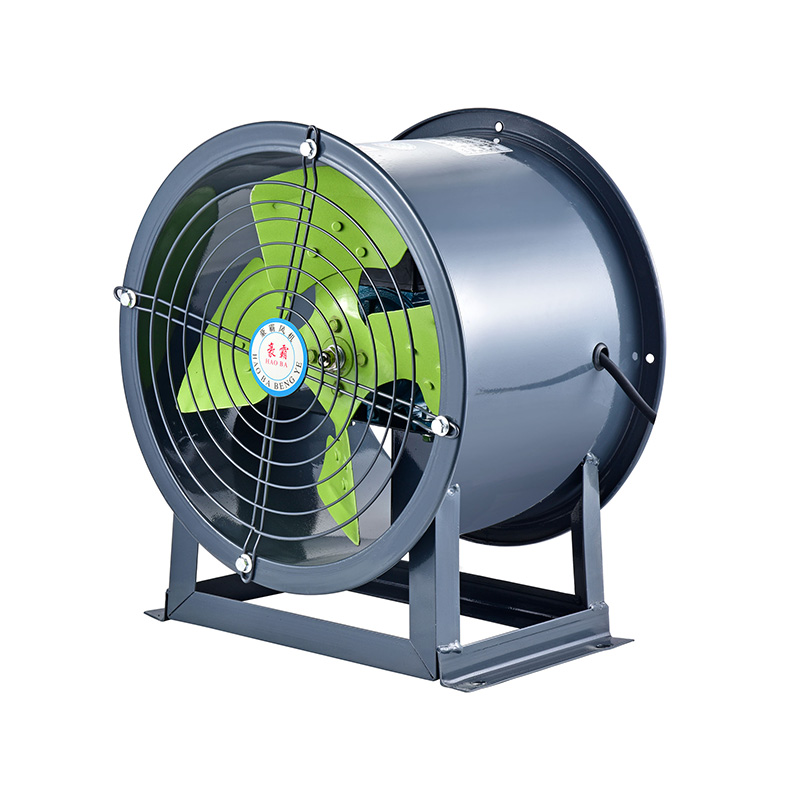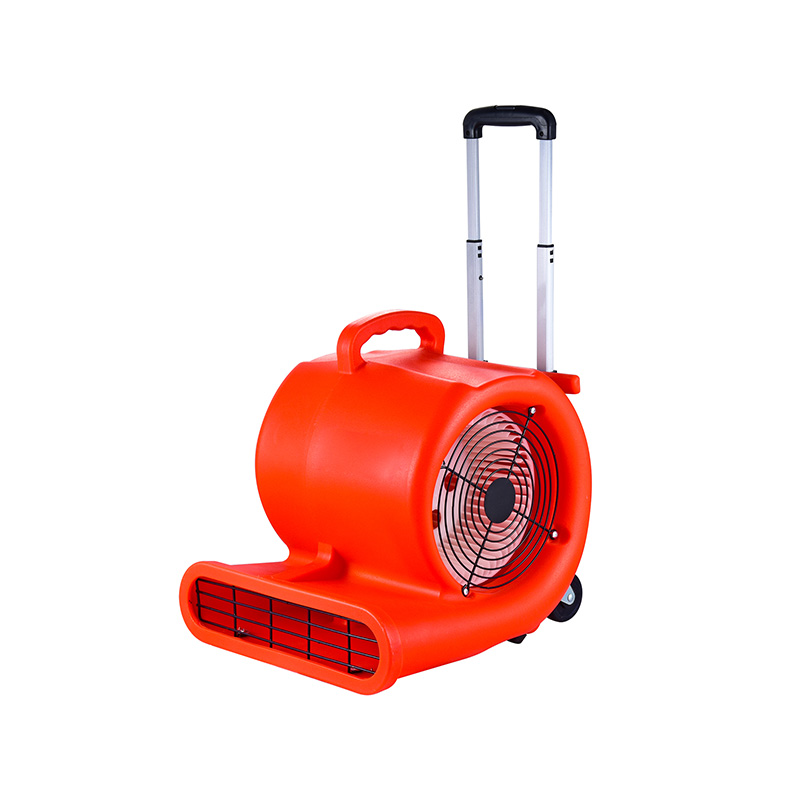New Advances in Axial Flow Fan Blade Technology Unveiled
2025-08-15
A forward‑thinking axial flow fan manufacturer is offering cutting‑edge blade designs that increase airflow while reducing noise and energy use. Similarly, the development of a refined axial flow exhaust fan integrates these blade innovations to boost performance in ventilation systems across diverse applications.
1. Why Blade Design Matters in Modern Fans
Blade geometry directly affects factors like airflow, static pressure, and acoustic performance. Emerging industrial demand pushes manufacturers to rethink traditional flat blades for more sophisticated forms—such as airfoil or twisted-vane profiles—that minimize turbulence and improve efficiency.

2. Key Blade Technology Innovations
2.1 Airfoil and Curved Blade Profiles
Airfoil‑shaped blades reduce separation and stall zones, ensuring smoother air passage and higher pressure build‑up. These shapes help fans deliver stronger airflow at lower rotational speeds, improving energy consumption and lowering noise.
2.2 Vaneaxial and Tubeaxial Combinations
The use of vaneaxial features—outlet vanes that turn kinetic energy into pressure—is gaining traction. This design is often paired with tubeaxial structures to achieve improved duct performance and pressure control, ideal for Axial Flow Exhaust Fan setups in HVAC and industrial zones.
2.3 Variable-Pitch and Adaptive Blades
Adaptive blades that can change their angle dynamically offer flexibility across varying load conditions. These are particularly useful in applications where ventilation requirements fluctuate—like manufacturing halls or cleanrooms. Though less common, such features are pushing fan technology forward.
3. Design Workflow from Concept to Production
Stage 1: CAD-Driven Aerodynamic Simulation
Using CAD platforms, design teams model multiple blade geometries, simulating airflow, noise, and pressure. This allows early identification of stall regions and optimization of blade angle prior to prototyping
Metastat Insight.
Stage 2: Prototype Testing in Real Conditions
After simulation, prototypes are tested under actual operating conditions—including high dust, variable backpressure, and temperature harshs—to validate performance benchmarks.
Stage 3: Feedback Integration and Refinement
Data from trials informs blade profile tweaks, material selection, or motor pairing adjustments. This iterative cycle helps ensure reliable performance in final production.
Stage 4: Customer-Specific Customization
Axial Flow Fan Manufacturer teams then tailor blade geometry to suit specific site conditions—such as duct length, required pressure, or noise limits—particularly for Axial Flow Exhaust Fan installations.
4. Benefits of Blade Technology Improvements
4.1 Improved Energy Efficiency
Refined blade profiles reduce drag and turbulence, which means less power is needed to move equivalent airflow. This leads to lower operating costs and better performance in systems requiring continuous ventilation.
4.2 Reduced Noise Levels
Airfoil shapes smoothly guide airflow through the fan, minimizing vortex formation near blade tips. This acoustic benefit is especially valuable in urban or occupied settings such as factories, hospitals, or offices.
4.3 Enhanced Pressure Handling in Exhaust Applications
Vane-equipped designs help generate higher static pressure even in long duct systems. This feature improves performance in axial exhaust fans installed in high-resistance environments.
4.4 System Stability and Reliability
By avoiding unstable operating zones like stall, advanced blade designs reduce vibration and wear—strengthening overall lifespan and lowering maintenance downtime.
5. Real-World Use Cases
Here we are going to outline practical examples:
Warehousing & Manufacturing: Locations with high ceiling space or long ductwork benefit from vane-equipped axial exhaust fans for better pressure capacity.
Data Centers: Low‑noise, balanced airflow is essential. Fans with airfoil blades deliver stable performance while reducing acoustic impact.
Commercial Retrofit Projects: Blade-optimized fans can replace older models to meet updated HVAC and energy codes without full duct redesign.
Haoba Electromechanical offers deep technical know-how in emerging blade technologies, backed by CAD systems and a commitment to product refinement. Contact us to learn how next-gen axial fan designs could transform your ventilation strategy.

 English
English русский
русский عربى
عربى









